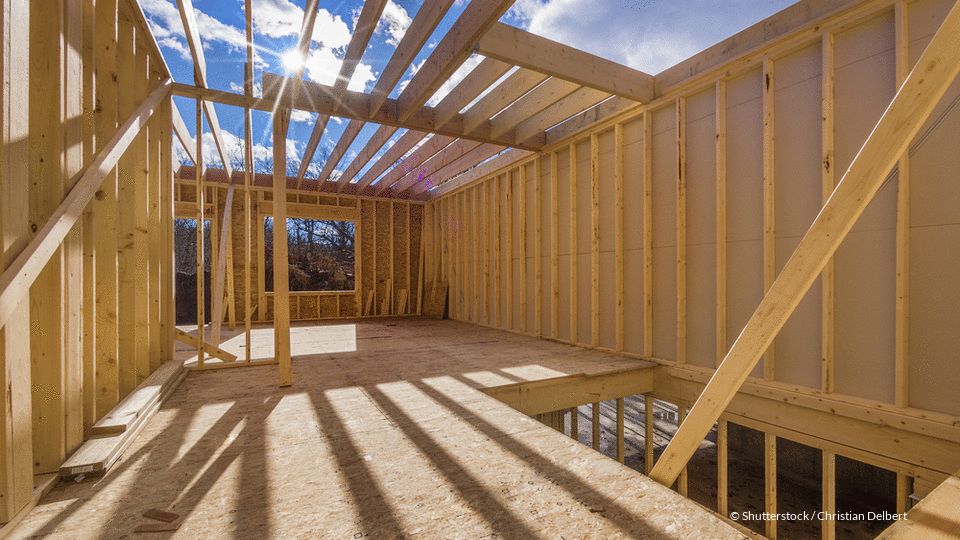As a sustainable and socially mixed area, the Schumacher Quarter will make an important contribution to the housing and urban development strategy in Berlin. Sustainable construction is a particular focus here. As a cooperation between the Fraunhofer Institute for Production Systems and Design Technology (IPK), the Technical University of Berlin and Tegel Projekt GmbH, the so-called Bauhütte 4.0 is to be built on the site: A cluster for innovative timber construction in which actors from civil society, forestry, research and development, the construction industry and urban development come together to promote sustainable urban development. “The long-term goal is to promote urban neighbourhoods in timber construction as a targeted response to rising greenhouse gas emissions in urban agglomerations.” (Prof. Raoul Bunschoten, Head of CHORA conscious city – Urban Design and Sustainable Urban Development at the Technical University of Berlin.)
Recommendations for action and networked technologies
The project will start with a feasibility study that shows the potential of Industry 4.0 for urban timber construction. The aim is to develop recommendations for action for planners, architects, the timber industry, the construction industry, scientists and politicians that can contribute to the realisation of the Schumacher Quarter. In particular, the focus will be on technologies for networked intelligent production. Subsequently, the extent to which a “Bauhütte 4.0” can be implemented in Berlin TXL and at other locations will be examined.
Berlin relies on wood as a building material
Across Berlin, timber construction is set to increase significantly in the future. As early as September 2019, the Berlin House of Representatives took note of and approved a report on “Sustainability in construction: Berlin builds with wood”. According to this report, “the building material wood is to be used to a much greater extent in Berlin and as a carbon dioxide storage, it should contribute to climate protection and resource efficiency”.
Further information:
